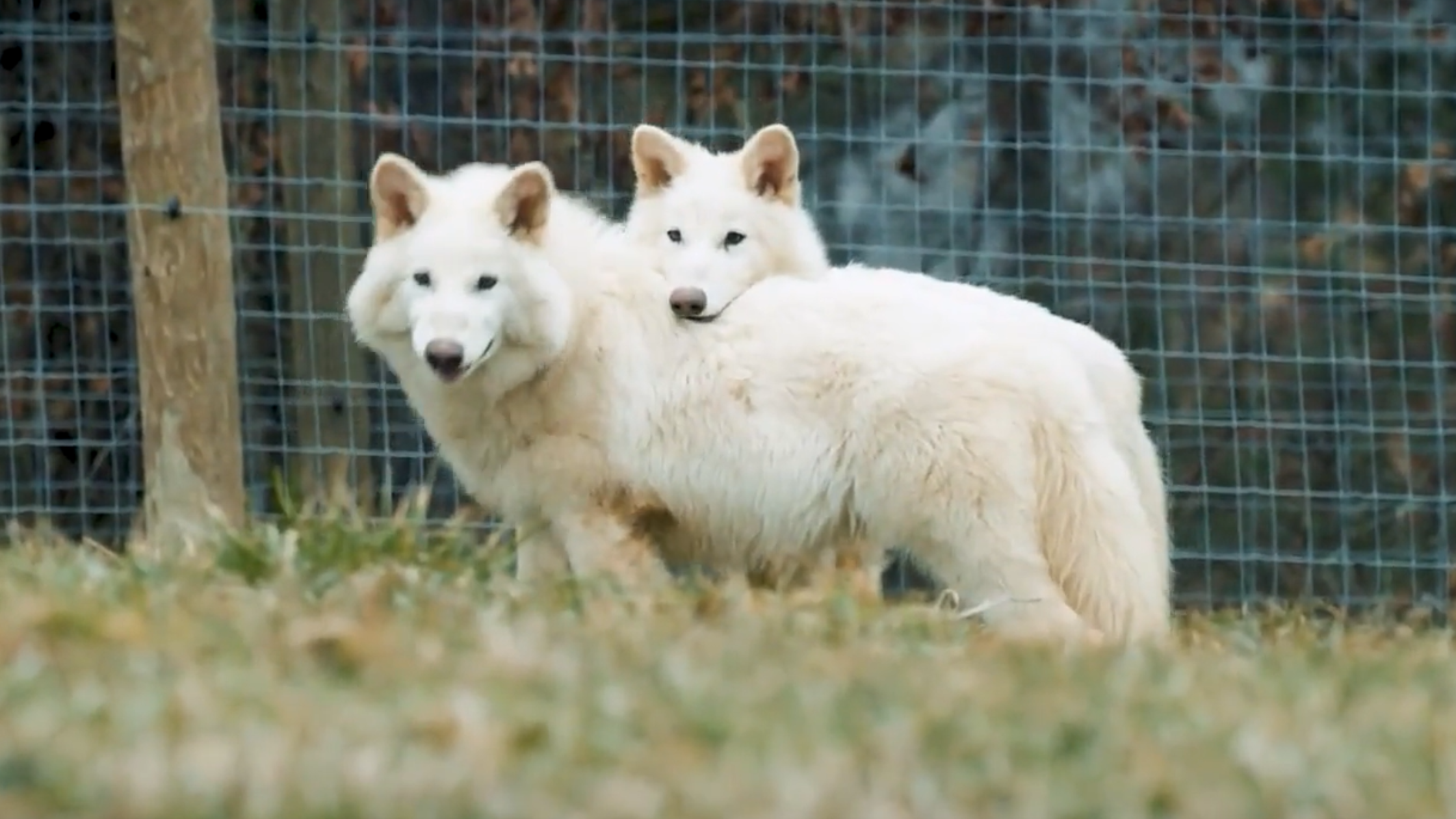De-Extinction Breakthrough: Why Dire Wolves May Soon Roam America Again is now a stunning reality, not science fiction. With recent advances in genetic engineering, scientists in the USA have taken a monumental leap toward bringing back the extinct dire wolf—a beast that once roamed North America during the Ice Age.
What Is a Dire Wolf and Why Is Its Return So Historic?
The dire wolf (Canis dirus) was one of the most powerful predators of the Pleistocene Epoch, weighing over 150 pounds and standing taller than modern gray wolves. They went extinct around 10,000 years ago, likely due to climate change and competition with other species.
Their return represents more than just a biological marvel—it’s a symbol of how humans are rewriting the laws of extinction and reshaping ecosystems.
How Did Scientists Bring the Dire Wolf Back?
Researchers at Colossal Biosciences, a Texas-based biotech company, used ancient DNA extraction, CRISPR gene-editing, and surrogate technology to recreate a genetic match of the dire wolf.
Dire Wolves, Step-by-Step Breakdown of the De-Extinction Process
| Step | Description |
|---|---|
| 1. Fossil DNA Extraction | DNA retrieved from a 13,000-year-old tooth (Ohio) and 72,000-year-old skull (Idaho). |
| 2. Genome Mapping | Compared ancient DNA to modern wolves—found 99.5% similarity. |
| 3. Gene Editing | 20+ genes edited using CRISPR to replicate dire wolf traits. |
| 4. Embryo Implantation | Engineered embryos implanted into surrogate domestic dogs. |
| 5. Birth of Pups | Three healthy pups—Romulus, Remus, and Khaleesi—were born in 2025. |
What Could This Mean for Wildlife in America?
This part discusses the broader environmental impact.
The return of a once-extinct apex predator could bring balance to overpopulated regions. However, scientists urge caution.
Potential Outcomes:
- Positive: Enhanced biodiversity and rebalancing of prey populations.
- Risks: Potential clashes with current ecosystems and species.
This technology could also aid endangered species by restoring lost genetic diversity, potentially helping America’s wildlife adapt to climate change and habitat loss.
Ethical Questions: Are We Playing God or Saving the Planet?
De-extinction raises major concerns in the scientific and ethical communities:
- Should extinct animals be revived?
- Will these revived animals suffer in unfamiliar modern ecosystems?
- Are we reviving nature or creating designer species?
Scientists stress the importance of controlled environments, public transparency, and multi-disciplinary collaboration before considering rewilding these species.
Why This Technology Could Change the Future of Conservation
This breakthrough shows how de-extinction technology can do more than bring back one animal. It could:
- Rebuild lost ecosystems
- Create stronger, climate-resilient species
- Support medical and biological research
Colossal is also working on woolly mammoth and dodo bird projects, making this an ongoing revolution in biotechnology and environmental science.
Understanding the Dire Wolf De-Extinction Process
[Dire Wolf De-Extinction]
|
--------------------------------------------
| | | |
[Ancient DNA] [CRISPR Editing] [Surrogates] [Pup Birth]
| | | |
Fossils from 20+ traits Implanted in 3 healthy pups
Ohio & Idaho restored domestic dogs born in 2025Conclusion: A Bold Step Toward an Unwritten Future
Bringing back the dire wolf isn’t just about reviving a predator—it’s about pushing the boundaries of what’s possible in conservation, genetics, and environmental restoration. With careful management, transparency, and ethical consideration, this breakthrough could inspire a new era of biodiversity in America and beyond.
[USnewsSphere.com / BW]





